Communication as care

Care, empathy, and respect are not soft skills or personality quirks. They are an operating system—and communication is how we build and run it.
Evident Integrated Marketing and PR is small by corporate standards: 47 people, 77 percent women. Our board is all women; seven of nine leaders are women. We work in social and behavior change, communication and public relations, focused on how behavior, technology, and story shape institutions and the public sector.
Across many workplaces beyond ours, emotional load-bearing work still falls on women because they are “good with people.” They absorb client moods, smooth over disrespect, and rescue impossible timelines. Meanwhile, managers underperform on inclusion priorities: only 47 percent of employees say their managers consistently encourage respectful, inclusive behavior. Nearly 90 percent believe their manager would think poorly of them if they disclosed a mental health challenge. That system suppresses voice and punishes honesty. That is not care. That is unpaid risk management.
We do it differently. We call our approach communication as care. It isn’t about being nice; it’s about structures that keep people effective and brave in high-stakes work across gender, health, sustainability, and the public sector.
Supportive human resource policies. We design for inclusion at the system level: our HR processes now include voluntary disclosures (disability status, Sogiesc, and indigenous person identification) in onboarding forms, employee info sheets, and surveys where necessary, so support can be offered, not inferred. Our updated company handbook codifies anti-harassment and nondiscrimination, child protection (for work with partners that involve children) and diversity, equity, and inclusion guidelines across our work both internally and externally.
Clarity as care. Ambiguity is where exploitation hides; and clarity prevents scope creep. So, we ensure that every brief is stress-tested: the goal, the decider, the nonnegotiables, and the ethical guardrails. We also standardize inclusive communication guidelines in our products like strategic communication plans, playbooks, and press releases—so respectful language and representation aren’t left to chance.
Psychological safety as performance infrastructure. We build psychological safety deliberately: our president runs monthly peer learning and forum coaching sessions as our resident executive coach for the leadership team. The practice normalizes vulnerability, honesty, and radical candor at the top, and leaders are trained to cascade the same with their direct reports.
We do this by enforcing regular, structured 1:1s (employee-manager, manager-director, director-executive). We also promote anonymous feedback forms that go straight to HR—our whistleblowing and sensitive-topics channel—so issues surface without fear.
We normalize dissent upward. If a stakeholder disrespects staff or pushes harmful messaging, directors step in and own the conversation. When leaders absorb the heat, women see proof that they’re safe and they matter more than protecting a billable hour. At the same time, we empower our managers and employees to directly challenge and give feedback through this practice.
So, how does a care operating system change outcomes? By rewiring communication structures: the who, what, and feedback loops, so managers and employees enable equity together.
Do this and you unlock what already exists in the workforce: high ambition and commitment. Advancement should result from clear expectations, fair evaluation, and leaders who take responsibility for conditions, not just results.
Skeptics will say this is hand-holding. I disagree. Care done right is ruthless. It forces decisions. We will not glamorize burnout as heroism. We will not tolerate disrespect as the cost of doing business. Pretending everything is fine until women resign is an expensive strategy. Systematizing care is the cost-saving strategy because it protects talent, improves quality, and reduces reputational risk.
This is what women-led leadership looks like at its best. Representation is step one. Step two is changing how power behaves. When leaders align priorities and rewards so managers are evaluated not only on business outcomes but also on how they lead, live the values, and sustain team morale; and when managers are resourced with time, tools, and scripts–women don’t have to be heroic to be heard. They can be excellent. That is the point.
It’s not about making space for women to lead like men—it’s about redefining leadership itself. When systems evolve to value care, clarity, and collaboration, excellence becomes more inclusive and sustainable.
—————-
Dove Subingsubing is the managing partner of Evident Integrated Marketing and PR, an integrated communications firm that changes mindsets, influences behaviors, and creates positive social impact.
—————-
Women Who Lead is an initiative of the Philippine Women’s Economic Network (PhilWEN).














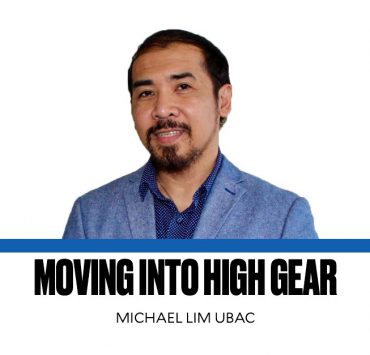
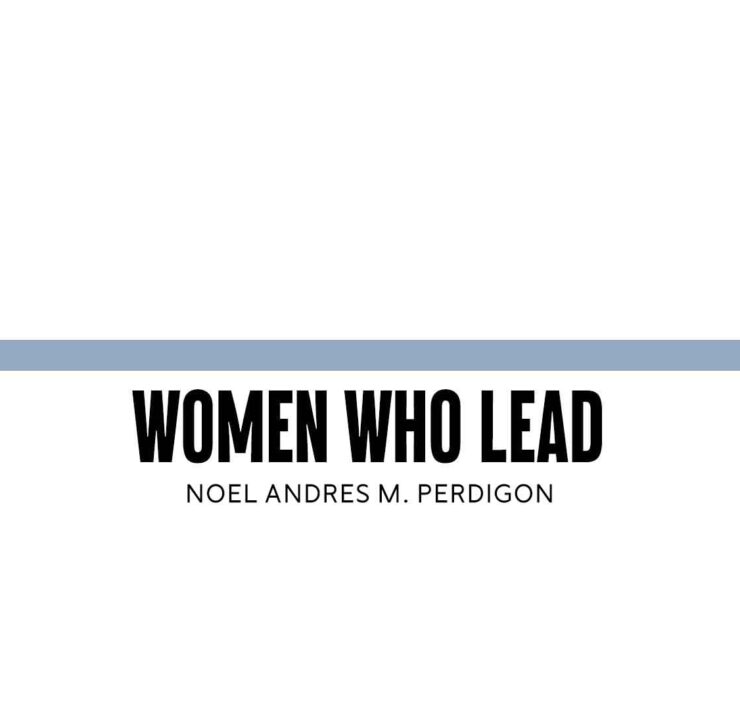
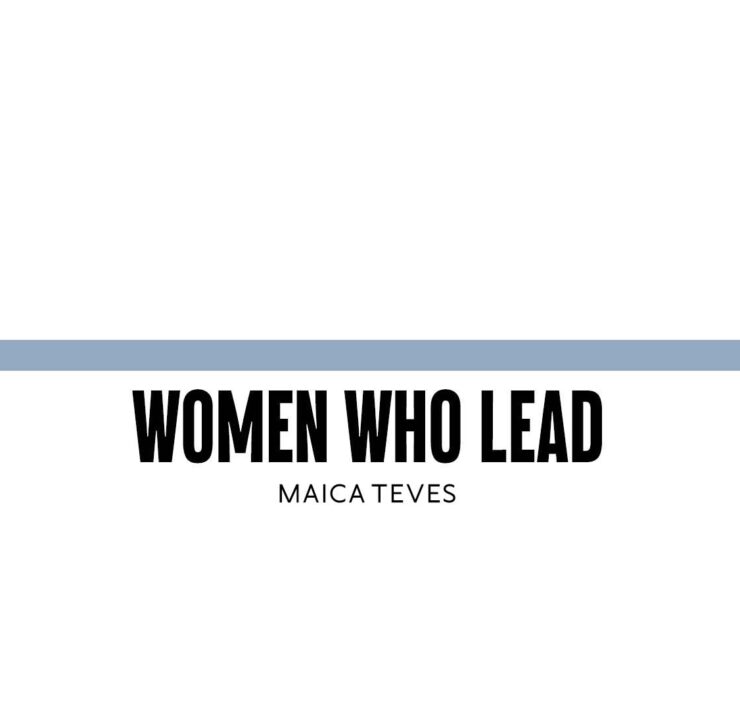
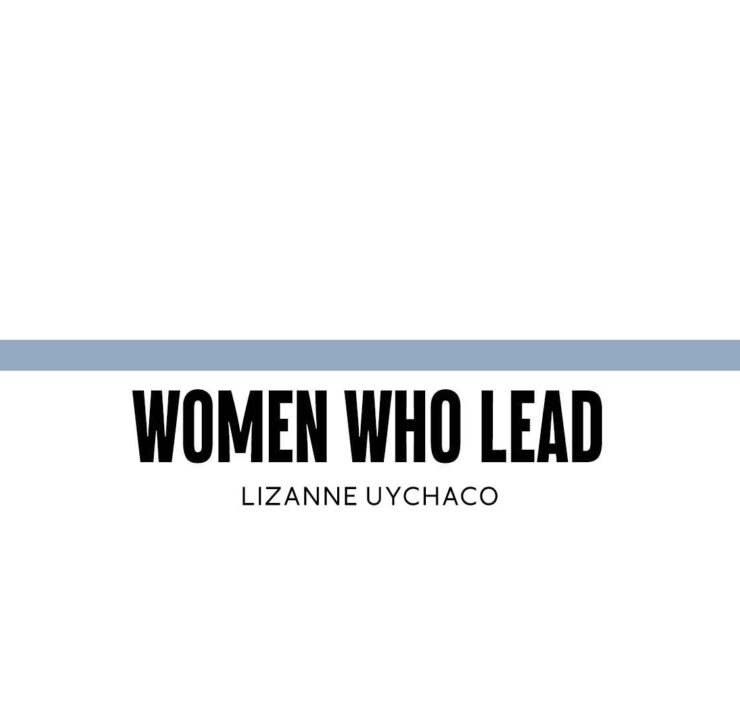
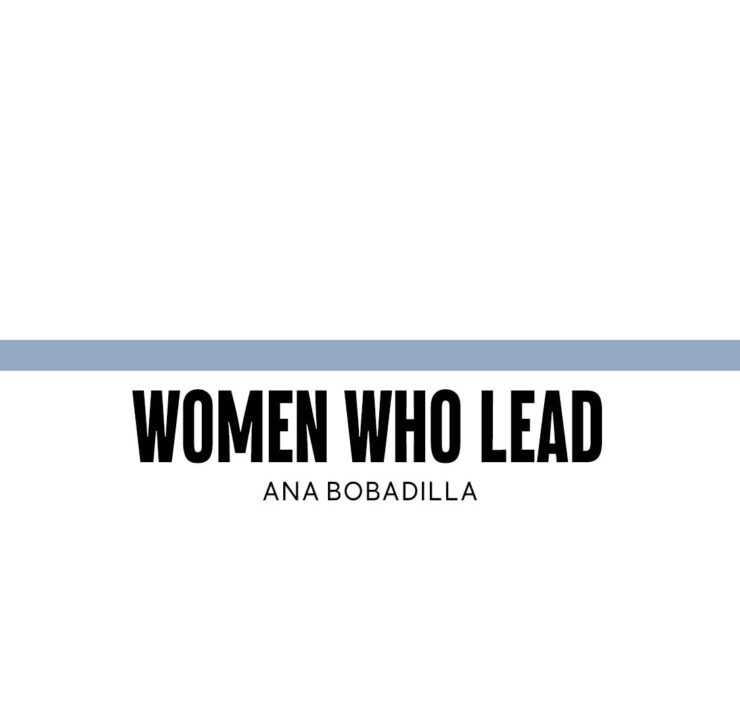


The cancer of pork barrel politics